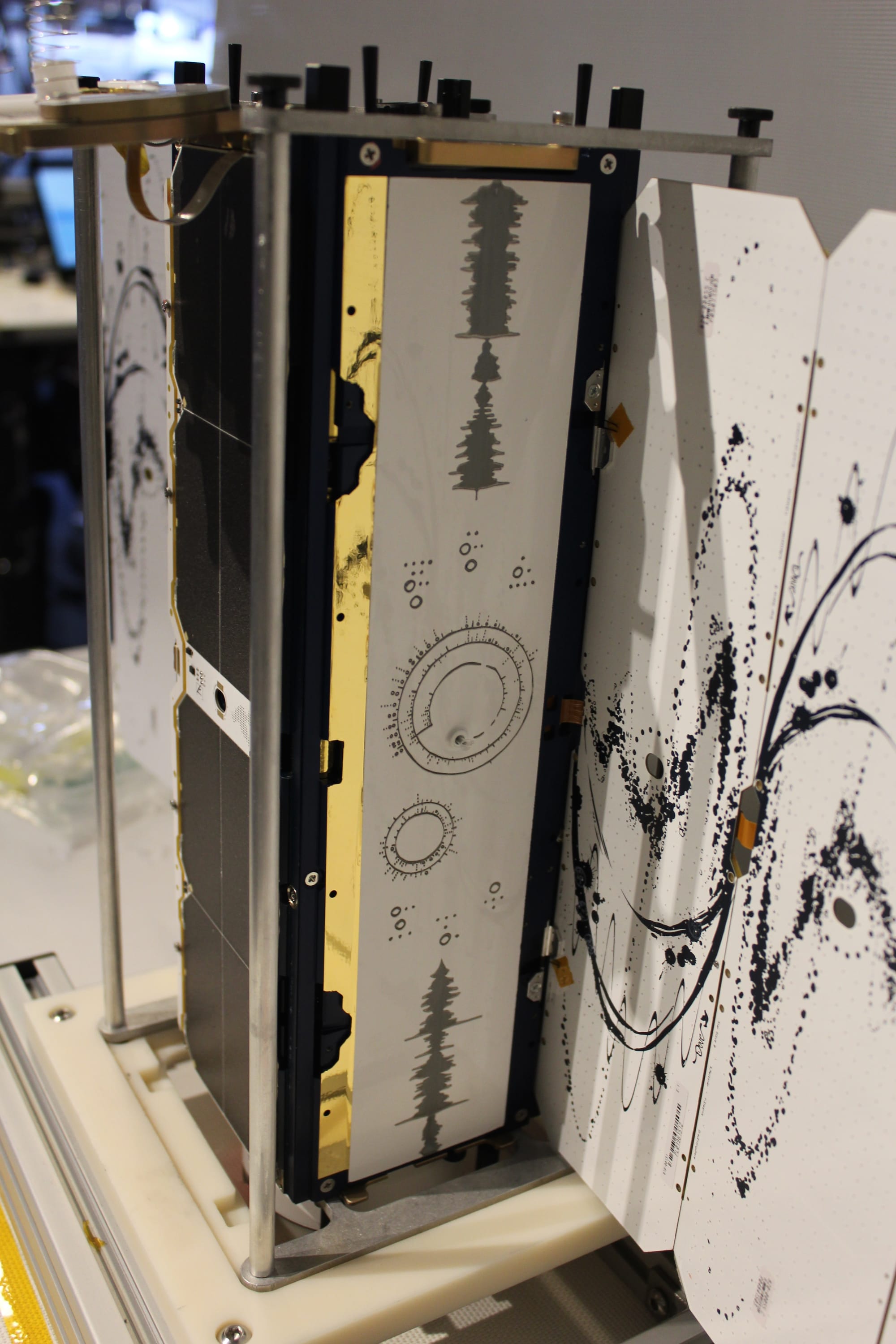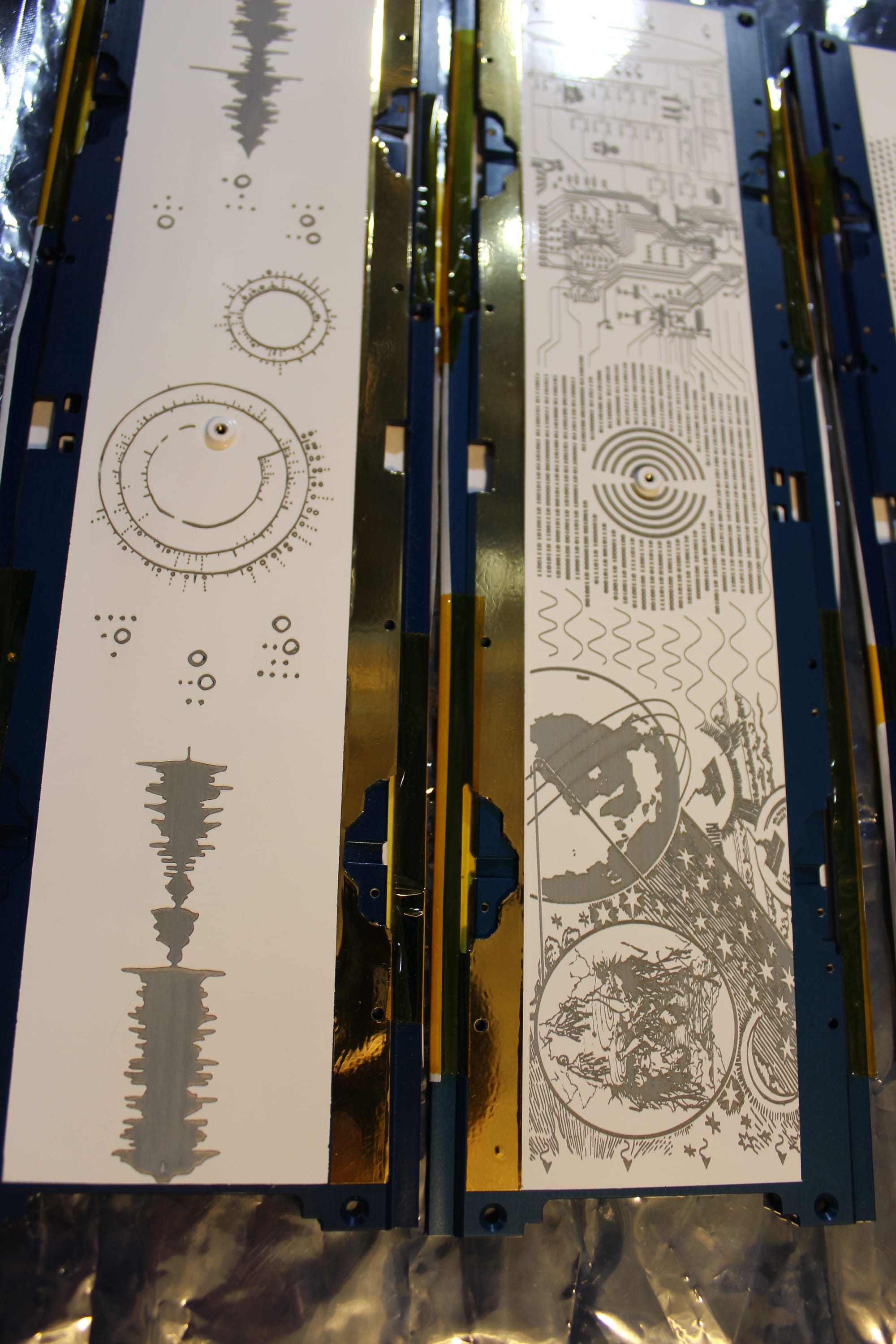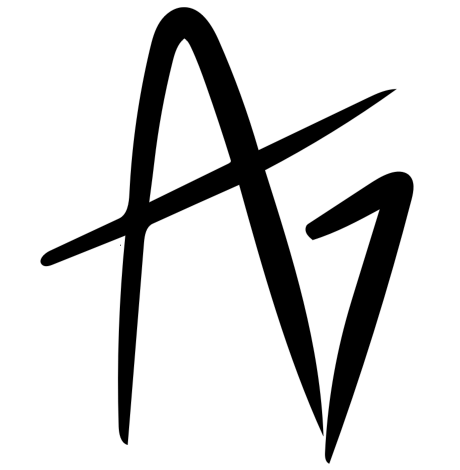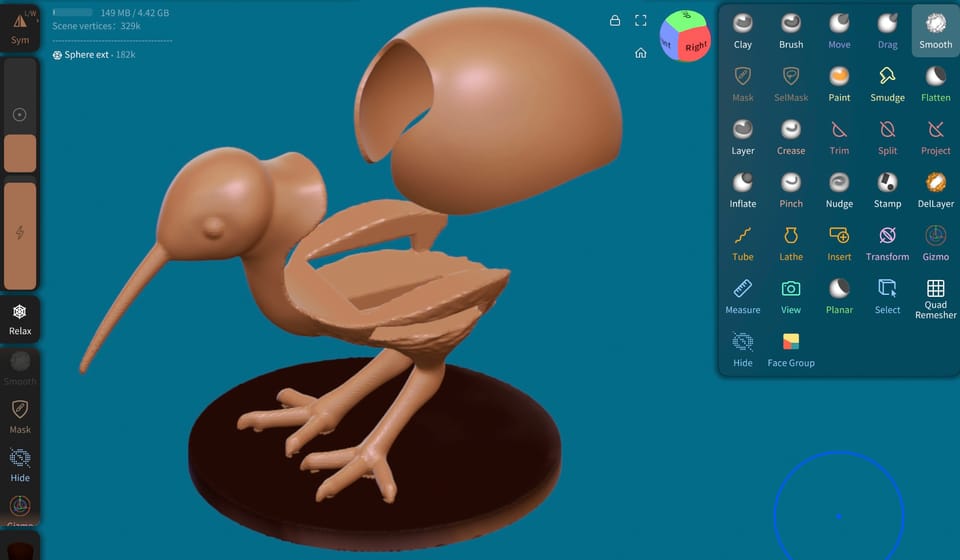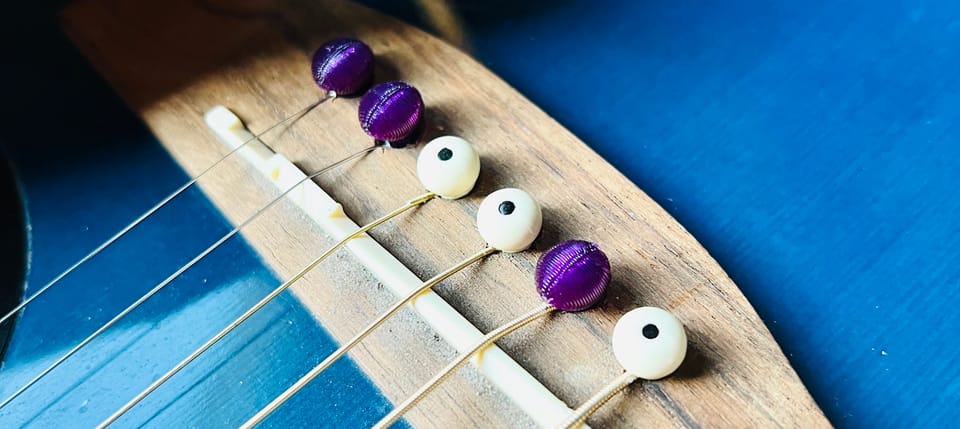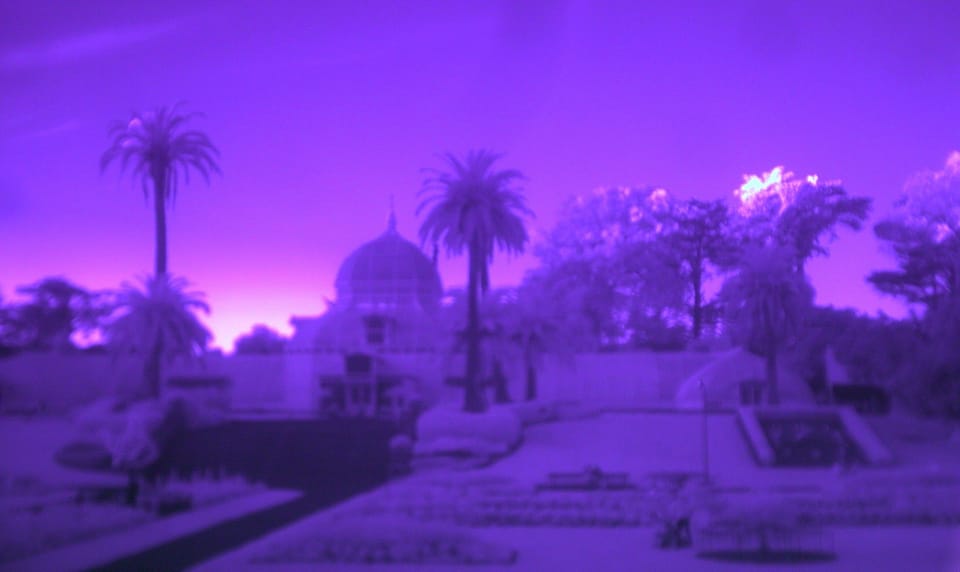Spinning Up: Satellite Music
For a year, a piece of my art – engraved on the side of a satellite – orbited the earth, carrying a song I'd written and encoded into a custom "iris" music notation. Then it burned up forever, consumed by the heat of re-entry.
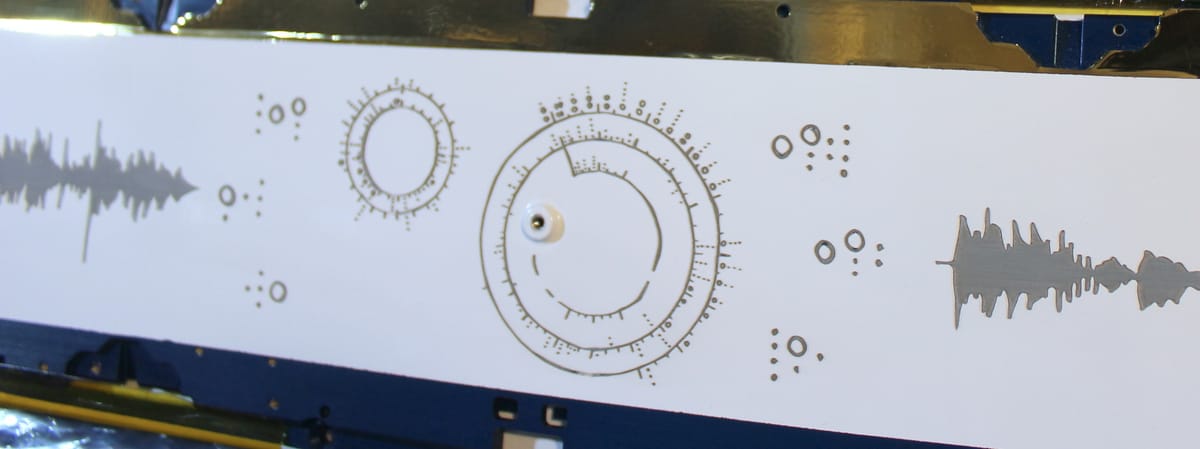
Here's my original write-up (complete with Unicode errors)...
And below is my slightly updated version.
Satellite 0c66 (NORAD ID 40956) could be tracked here. It finally decayed on Wednesday, Sept. 21, 2016 – just in time for the autumnal equinox. :)
"Spinning Up" is a song (recording; chords & lyrics) about the Doves of Planet Labs: small satellites that are ferried to the ISS and released into low-earth orbit, to circle the Earth sixteen times a day, powered by solar-panel wings. At the time, the goal was to image the Earth once per day, enough observe changes in the environment and the movement of large object clusters – down to 3 square meters.
Each flock of satellites stayed up for a year or so, then burned up as they fell back through the Earth's atmosphere, leaving no trace. Ten years later, the company's technology and goals have changed, and I haven't really kept up with it (although I later wrote another song about their weather-tracking API :D ).

The Pier 9 collaboration
In 2014, along with other Autodesk/Instructables Artists in Residence at Pier 9, I submitted a side panel design to ride on a spacefaring little Dove. I was across the globe in London, and worked up a demo on the guitar, then created a simple new rotary musical notation – “iris notation”. Eventually, seven of our designs were selected, to continue the space gallery program that Forest Stearns had founded at Planet.
"Spinning Up" includes a slightly modified quotation from Yuri Gagarin:
Облетев Землю в корабле-спутнике, я увидел, как прекрасна наша планета. Люди, будем хранить и преумножать эту красоту, а не разрушать её!
I shortened this to a bridge that essentially means: "Orbiting the earth, I saw how beautiful our planet is. Let us preserve that beauty, and foster it!"
The iris notation is inspired by:
- the iris of a camera or a human eye
- the layers of our planet (I rotated it 23.44º to match the Earth’s axial tilt)
- the Voyager golden record
- tiny planets, moons, other satellites, and rings in a minuscule astronomical system
- crop circles (the "aliens" and "home/family" associations are both strong for me)
Original notes (2014)
This project synthesizes a few of my favorite media: music, language, and visual arts… plus, of course, space and robots! The end result is surprisingly tiny, particularly in this horizontally-challenged blog format…
1. Invented notation
Something futuristic, developed organically. The first couple of versions reminded me of microbes with flagella.
I started with an attempt to represent different lengths of metal bars, like on a kalimba, or string divisions, as on a violin, or amounts of water in a glass, that would give relative pitches dependent on ratios. These frequency ratios would be constant, regardless of the size of the string or metal piece, meaning that the tune would work on a large variety of implements. I was going to have three different musical parts, which would interweave when played on three types of instruments.
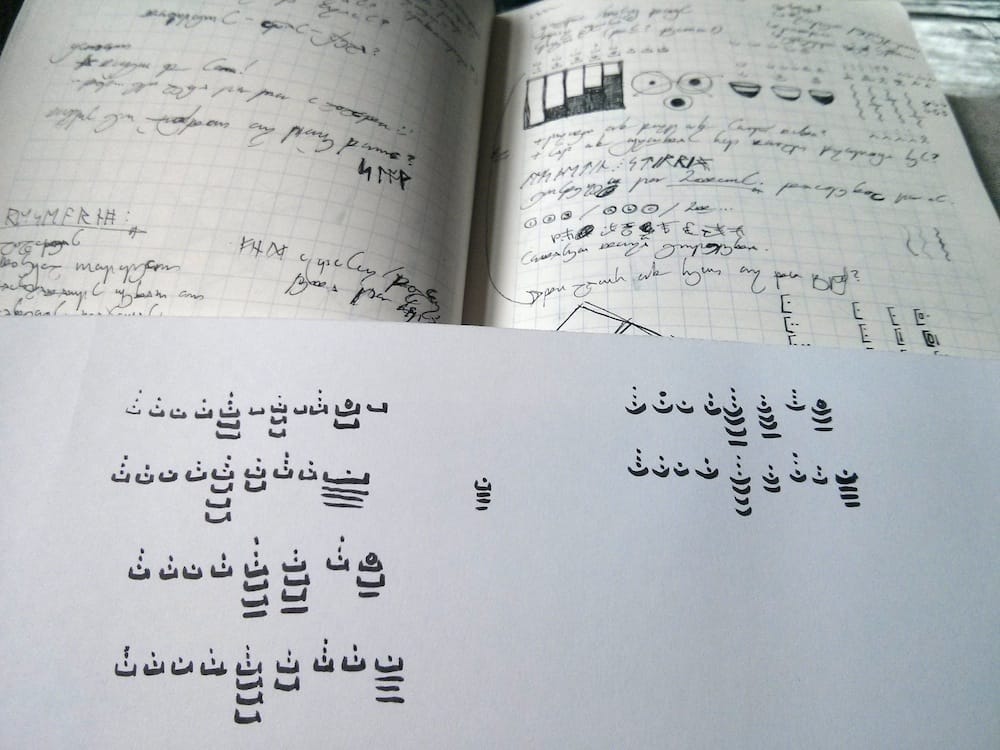
But this was far too ambitious – considering, for once, the practicality of collecting/building three instruments, then practicing and recording the result… I needed something more streamlined and elegant.
The above version includes annotations for rests and repeated notes. I then twisted it into a circle, connected everything together, and decided to simply leave rests as empty spaces. It’s more prettier and more intuitive, so it won out over my attachment to the underscores. (Same reason I switched to Sindarin-style Tengwar, back in the day.)
I kept the central part of the notation — holding to a Western scale, pretty much just the notes of the scale on a numbering scheme, starting with one dot above the bracket as "middle C". Two dots for the next note in the scale. Three dots, four, and then a circle. A dot below the bracket for the first note downward ("B"). And so on. There aren’t many accidentals in the song, so I haven’t had to deal with sharps or flats yet :)
I added chords by writing the component notes of each chord next to each other… C – E – G for a C major chord, etc. (That’s the top-left chord among the six above.)
The trickiest part here was wrangling Photoshop and Illustrator, which, until tonight, I didn’t have on this computer. Oy vey.
2. The theme
The first concept was dropped, though I’d still like to use it someday: Three tunes, based on historical photographs of the Earth — starting with the Blue Marble (three interlocking parts, going from clouds/ice up to a watery middle third and then the desert); we’d zoom out to Earthrise; and finally, we’d gaze from afar at the Pale Blue Dot.
My second concept began as a sort of reverse lullaby or waking-up song for the Earth, and became the current set of lyrics, sung by the Doves to the people of Earth. Like most songs, this started out with a simple hook ("you sent us spinning up") popping into my head while I was eating something after noodling around for a while.
I’ve been reading a lot of singularity-focused scifi lately, including Warren Ellis’ Transmetropolitan, Cory Doctorow and Charles Stross’ The Rapture of the Nerds, and Charles Stross’ Accelerando. Plus, my job with Pinoccio focuses on mesh-networked robots — and I’m now hooking them up to my brainwaves. Together, these lead me to see the Doves as a sort of sensory extension for the human race — as though we, as a collective, have become a cyborg; the satellites, as a collective, are an introspective set of eyes. The images they send back to us are low enough in resolution that they don’t capture individual humans. We cannot help but see ourselves in aggregate, along with the consequences of our actions upon the Earth, de- and reforestation, floods that affect our neighbors.
Having recorded the song in Garage Band (using the “Megaphone” filter for the Gagarin quotation), I pulled the mp3 into Praat (an amazing program I used for Phonetics/Phonology in college). This shows you waveform of your song, which contributes a nice horizontal component to the design (as the satellites’ side panels are so flat). If you zoom in further, you can also see the spectrograph, or a sort of Fourier transform slice for each instant in the track, shaded from light (little activity in that frequency) to dark (strong activity). It’s quite something!
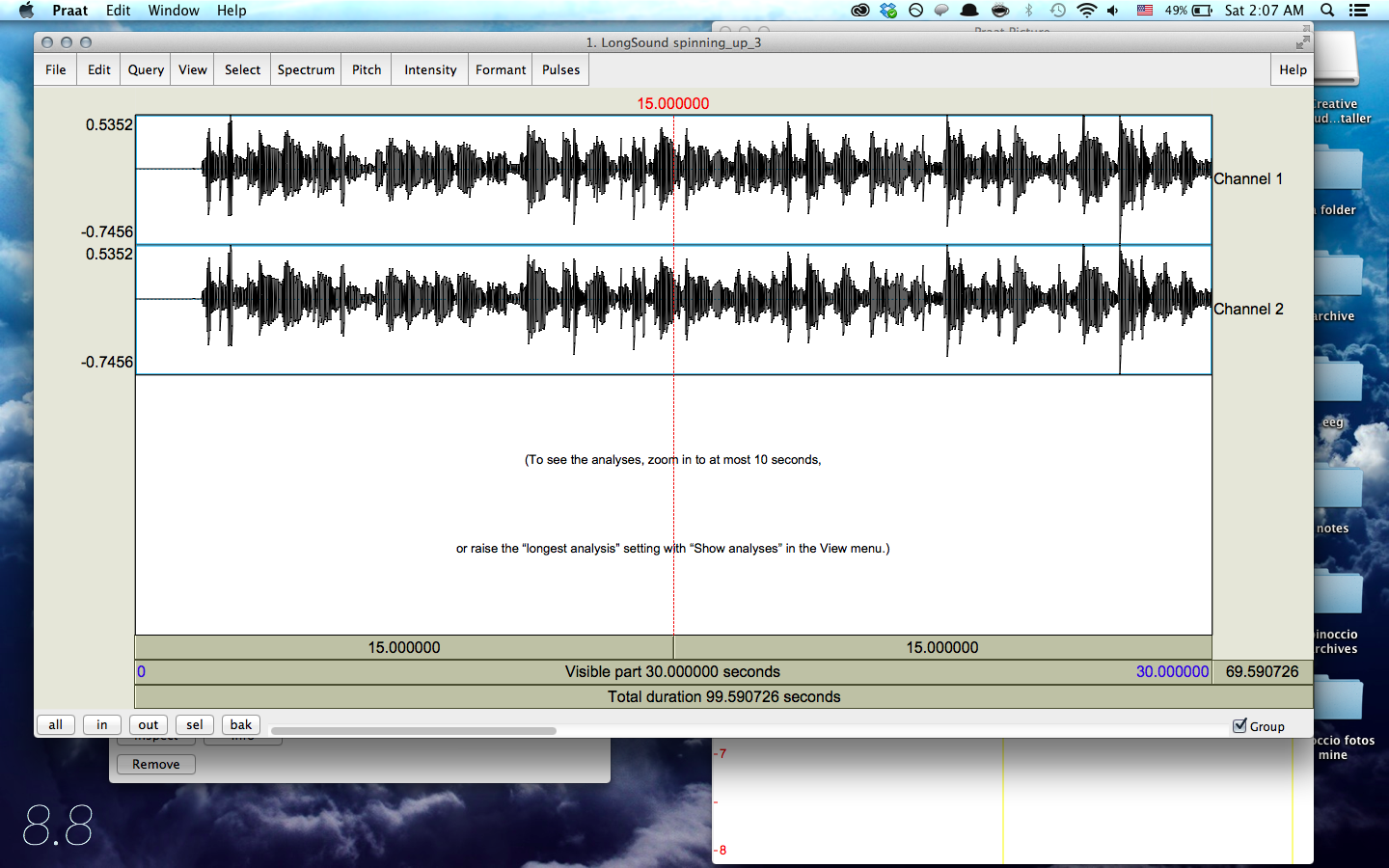
3. All together now
Finally, I traced and trimmed everything together in the correct dimensions, as a vector image – which required smoothing the waveform down into something simpler. I’d prefer to have it actually reproducible by alien species, but hey, we’ll get there…
Why, after all, a song? Well, music has stoked my own fascination with the bittersweet majesty and crushingly grand scales of space. A few chords can evoke emotions that may not be captured by visuals or words. A few favorites:
- Brian May, "’39"– the lead guitarist of Queen who went on to earn his Ph.D. in astrophysics…
- The entirety of ELO – Time
- David Bowie, "Space Oddity" / "Starman"
- "Benson, Arizona" (theme from Dark Star)
I won’t pretend I’ve wrought something on a level with those. But, however my submission fares, I’ve had a wonderful time assembling a new artistic work from all those lovely stimuli.
